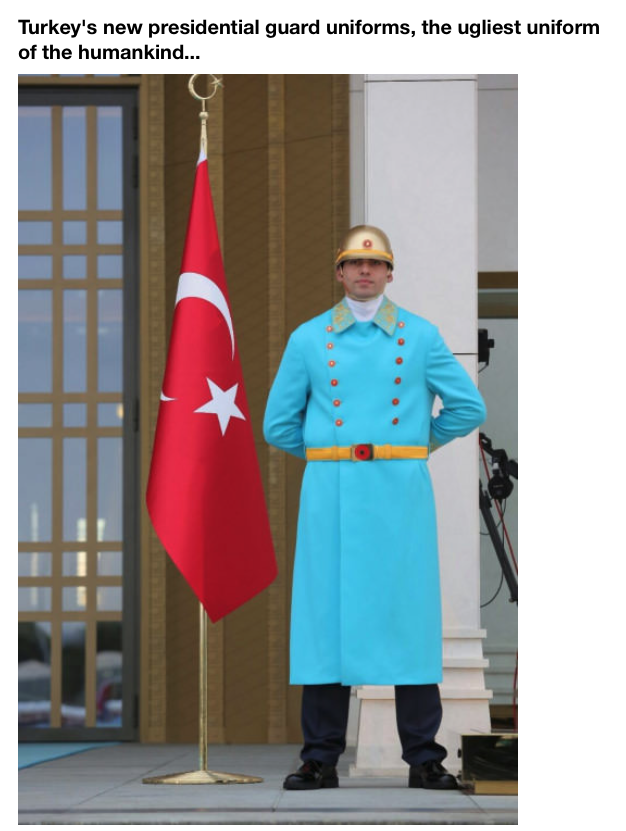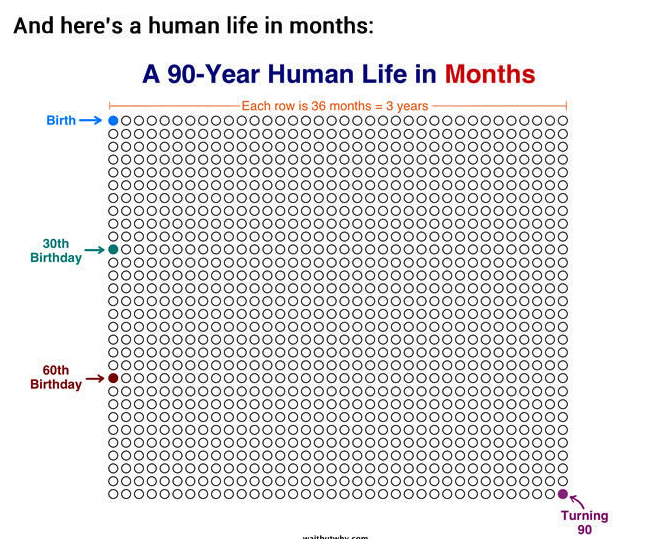 |
| Tex photographed inspecting the new USS Voyager's Warp Core |
It was the last week of May 2012 when Tex's voice was last heard on the bridge of the USS Voyager. That was the week the Voyager docked at Farpoint Station for its usual pre summer campaign inspection. Reluctant to leave his ship to his subordinates, he said his farewells, packed his things, and disembarked for a well deserved three month summer vacation. In his absence, the Voyager carried out its duties under the care of several engineers who knew and loved the Voyager as much as himself. Just before Tex was scheduled to return, the Voyager was inspected and abruptly decommissioned. The damage done to the fleet's flagship was extensive over the starship's 23 years in service. Without a ship to return to, Tex disappeared. Where he went and what he did is a mystery.
Fast forward four years. It is Wednesday, January 25th. The new USS Voyager had it's mission orders. With the paint still drying, the starship's first crew of 3rd year cadets arrived from Renaissance Academy, the finest SpaceGuard training ground in the quadrant.
 |
| The Voyager's First Official Crew to Launch from Farpoint Station. Announcing a New Chapter in Experiential Simulation |
The 3rd year cadets were led by Captain Nathan. Little did they know a legend waited for them in their starship's engine room. Tex had returned; older, wiser, grayer, but still as sharp as a tack despite his years.
The old spacedog arrived earlier in the day aboard a Paklid Starliner. After an exhaustive medical check up, Tex had lunch in the station's cafeteria surrounded by young officers peppering him with questions about his time on the Voyager I. Tex's first ship and its adventures were the foundation for their studies in the academy. And sitting there, having lunch beside the cafeteria's large window, staring out at the new Voyager with it's gleaming white hull highlighted with red and blue striping, sat that person mentioned more in the fleet lore than anyone else.
Tex declined the escorted tour of the ship, preferring to explore on his own. Evidently someone in ship's maintenance forgot to hang the women's restroom sign near engineering, leading to an embarrassing moment in his tour. Luckily the ship's turbolift elevators rescued him every time he found himself in completely unfamiliar territory.
He was home when he walked into the Voyager's Main Engineering section. After meeting his crew, Tex walked the warp core. A wave of his hand told his senior officers to stay several steps behind. One young officer was concerned about the Chief Engineer's mental state. "He was talking to the engine," the young ensign reported. Someone who knew the old spacedog assured him that it was just his way.
It was time to launch. The young cadets under Captain Nathan took to the bridge to review their training from two weeks earlier. At twenty minutes past five P.M., with the command crew waiting on the bridge for clearance to proceed to launch, the Voyager's new engineering tapped his microphone and said those words we all remember. Words which haven't been spoken for over four years, "Captain, You Got Tex!" And the rest is history.....
Welcome back old friend. I missed you.
Mr. Williamson
Renaissance Academy's 3rd Year Cadets Take to Space
 |
| The Lion Squadron Prepares for Launch |
I expected to be more nervous than I was having not flown for over four years but the Voyager is such a fantastic ship my excitement overwhelmed any anxiety I had. I will say this though, flying third graders is an entirely different kettle of fish. My focus during the 23 years I spent at the helm of the Christa McAuliffe Space Education Center was with 5th - 12th graders, with the occasionally and rare 4th grade class thrown in for good practice. Third graders were excluded. There wasn't enough time in the day to take care of the 5th and 6th grade field trip needs let alone open the door to preyounglings. Well that has changed with the Voyager now at Renaissance Academy. Our Farpoint program has a mandate to fly all grade levels, K - 9. Right now my efforts are directed toward 3rd and up with the goal of introducing the school's K - 2 grades to the starship towards the end of May.
Third graders need more hand-holding than I'm use to, but in its own way, there is a charm to it. Their excitement, wonder, and awe is energising. Getting them to stay still long enough to do their jobs is the challenge. We're working through the challenges, and enjoying every minute of it.
I've got an experienced staff in Isaac Ostler, Alex DeBirk, and Maeson Busk. They know exactly what they're doing and spared no effort in making my transition back into flight directing painless. We have awesome Voyager Club volunteers, both current and former Renaissance Academy students, along with a few cadets from neighboring schools, who help with the workload.
 |
| Our opening day volunteer staff: Jodi, Aaron, and Jakob |
Being back in the saddle again is great. I missed it. The hours I'm putting in are the challenge. Twelve and thirteen hour days are the norm now with the Farpoint program, my full time sixth grade responsibilities, my Saturday computer coding class, and my after school math tutoring program, but I'm getting by and making it work - for now. I can manage until the end of the school year. Next year some things will have to go. I can see I'm too old for a prolonged schedule like this.
You old time associates of Tex from the CMSEC Voyager days have a standing invitation to come by any afternoon and watch us in action. The program starts at 4:00 P.M. daily. There's a seat for you in the control room with no strings attached. I promise I won't ask you to do anything. Your reactivation clause will be untouched.
Mr. Williamson
Space News
50 Years Ago: Apollo 1 Fire
By Mark Daymont
Spacerubble.blogspot.com
Hard to believe it was fifty years ago. On January 27, 1967, we lost three astronauts during a test of the newly-designed Apollo command module at the eventual launch site. It's a famous event, most of us remember reading about it. Mostly I remember having seen something on TV and having adults tell me what happened. Over the years I learned more and more of the mistakes that were made leading up to the moment of terror when an electrical arc from an exposed wire ignited the 100% oxygen in the test environment. The fire was quick and the intensity so hot and at such incredible pressure that it cracked the hull of the capsule and prevented immediate attempts to rescue the crew. But it was too late - the crew died firstly from the toxic fumes. Today I don't want to remember the scenes of the aftermath, there are plenty of sites on the Internet and a plethora of books describing it all. I like to picture them as they were before the fire, as shown above.
Above is an aerial view of LC-34. It was taken in 1963 during preparations for SA-4, a test launch of Saturn 1. You can see the twin gantry towers, which is the red tower complex seen in the first photo. A test Saturn rocket sits on the concrete pad base attached to the launch tower. The circular building is the launchpad protective firing room. It's obvious how close the pad was to the shoreline. Today it is all gone, except for the roads, concrete pads, the rocket launch base, and the firing room bunker.
The photo above is from my last trip to the Cape. This is the approach road to the complex on the western side. The concrete pads are out of sight to the right, while in the distance you can see launch towers from LC-37 ( still active launch site) on the left. You can visit the site if you take the Cape Canaveral AFB tour from the Kennedy Space Center visitors Center. This tour is only available during days when no rocket launches are planned, and I think only one tour a day is allowed.
The tour bus lets you off within walking distance of the launch pad base. The tower itself was scrapped years later, as were most of the facilities on old launch pads. It's actually quite a wide concrete base. There is a great feeling of quiet there except for the wind that blows towards the Atlantic just a short distance away.
This picture gives a greater sense of the size of the base related to human height. As you can see, weather and age are having its toll on the structure. There is some talk of tearing it down, but I would rather see some funds put into an effort to restore it. I would love to see NASA build a small building here to protect it from the elements and display in miniature how the pad looked and operated. To me, the pads are just as important as the rockets.
Next you can see the gigantic opening made for the flame exhaust from the mighty Saturn 1 engines. I believe the tubular ring is part of the fire suppression system to lesson the ground shock of the engine power. There is something symbolic in being able to look upwards towards space through this open portal.
These are the blast deflectors which would be placed under the rocket to deflect the fire and exhaust to a horizontal direction, avoiding a wave of pressure and flame from rebounding off the ground and damaging the engine section. These were not scrapped yet when I visited, and are stored at the edge of the giant pad. In the old picture of the pad, click it to enlarge it, and look behind the left side of the towers about midway up, and you can see on of these deflectors. That's where they still are.
From the launch tower base, you can look somewhat south and see the firing room bunker. In case of danger, the crew would be evacuated from the rocket, and taken up a long protected tunnel to the blast-resistant bunker. You can find it in the old complex photo very easily.
This is a view of the Firing room bunker as we drove past it in the bus. There was no stopping here, the bunker is off-limits to the tour. Our guide did not know if anything has been preserved inside the bunker. It was planned that the Saturn 1b rockets would launch from this pad complex, and the launch control room would have been in here. As it was, four Saturn 1 test launches were from here, and there were two Saturn 1B test launches from this pad before the Apollo 1 fire. Afterwards, the return of astronauts to space took place in the next manned launch, Apollo 7, from this complex. Operations then moved to the LC-39 complex.
When you walk under the launch base, you can feel history there. You sense the reverence and awe in the fellow visitors, and everyone whispers even though we are out in the open. This is part of our great space race past, and it is a place that deserves to be preserved and visited.
Imaginarium Theater
The week's best gifs made for a general audience. I put this together for my 6th grade classes every week as a reward for their hard work. Enjoy....













































































































































































